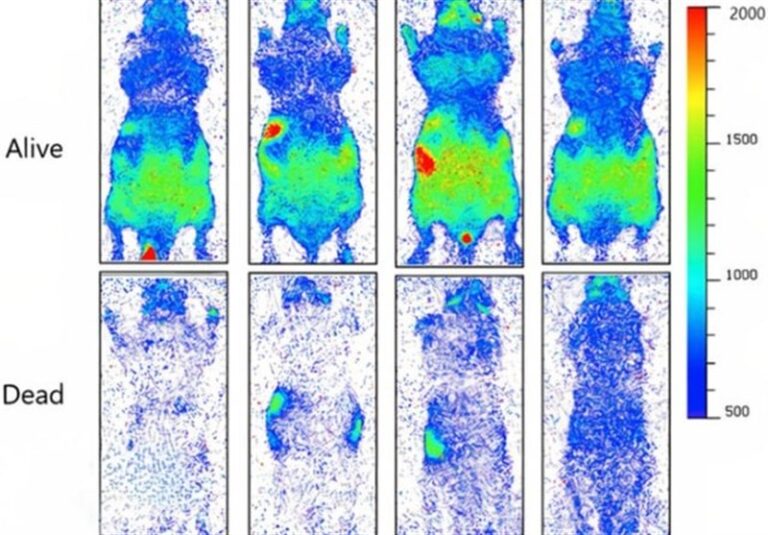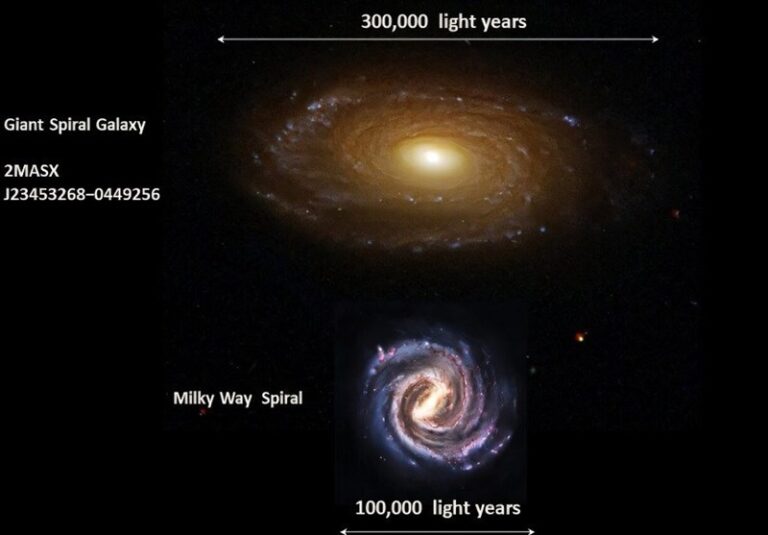
Similar Posts

Iran’s President Launches Three Innovative Homegrown Satellites: A Leap in Space Technology!
Iranian President Masoud Pezeshkian has unveiled three advanced satellites—Navak 1, Pars 1 (upgraded), and Pars 2—marking a significant advancement in the country’s space capabilities. The announcement was made during the National Day of Space Technology in Tehran. Navak 1 is a telecommunications satellite designed to enhance communication, while the upgraded Pars 1 and Pars 2 focus on high-resolution imaging for applications like agriculture and disaster management. This launch underscores Iran’s commitment to developing indigenous space technology and improving national security, scientific research, and disaster response, despite facing international scrutiny.

Revolutionary Discovery: Scientists Unveil Biophoton Emissions in Living Mice and Plants!
Recent research from the University of Calgary and the National Research Council of Canada has revealed that living organisms emit faint light, known as biophotons, which ceases at death. Led by physicist Vahid Salari, the study documented ultraweak photon emissions in mice and plant leaves, demonstrating that biophoton levels significantly drop post-mortem. The researchers used advanced imaging techniques to overcome detection challenges. Observations also indicated increased light emissions in injured plant parts, linking biophotons to oxidative stress. This work suggests potential non-invasive diagnostic applications in medicine and agriculture, highlighting the relationship between life and light in biological systems.

Iran Strengthens Ties: Key Agreements Signed During Communications Minister’s Visit to Cuba and Venezuela
Iran’s Minister of Communications, Sattar Hashemi, recently concluded a six-day visit to Cuba and Venezuela, focusing on technological diplomacy. His trip resulted in significant agreements, including contracts for telecommunications equipment, plans for a fiber optic factory, and a technology park. In Venezuela, Hashemi emphasized strengthening ties between Iranian and Venezuelan tech companies, leading to cooperation agreements in telecommunications and information technology. In Cuba, discussions with Deputy Prime Minister Eduardo Martinez centered on AI and robotics, with Iran offering training for Cuban personnel. The visit marks a strategic move for Iran to enhance its presence in regional tech markets and foster international collaborations.

New Study Reveals Alarming Climate Risks for Today’s Newborns: A Call to Action for Future Generations
A recent study in Nature highlights that children born in the 2020s will face significantly increased risks from extreme climate events compared to previous generations. Projected temperature rises of 2.7°C by 2100 could expose today’s youth to more frequent disasters like heatwaves, floods, and droughts. Children born in 2020 are 2 to 7 times more likely to experience climate extremes than those born in 1960. Vulnerable populations, especially in low-income regions, will suffer the most. The study underscores the urgent need for emissions reductions and equitable strategies to combat climate change and protect future generations.

Cosmic Anomaly Signals Troubling Future for the Milky Way Galaxy
Astronomers from CHRIST University in Bangalore have discovered a massive spiral galaxy, 2MASX J23453268−0449256, nearly 1 billion light-years from Earth, which hosts a supermassive black hole that produces colossal radio jets stretching 6 million light-years. This finding challenges existing notions about galaxy evolution, as powerful jets are typically found in elliptical galaxies. The research suggests the Milky Way could develop similar jets, potentially increasing radiation levels and impacting life on Earth. The study highlights the galaxy’s stability despite its black hole activity and suggests it contains ten times more dark matter than the Milky Way, offering insights into cosmic forces.
